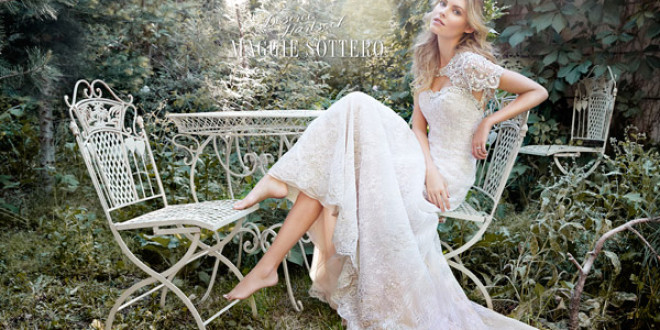[ad_1]
Shopping for a wedding dress would mean a confrontation to endless arrays of gowns that would other cause you excitement or confusion. There are different variants and styles of wedding gowns available, as there are as many brides-to-be to wear them.
One effective way of getting around the possible confusion is to categorize each gown into understandable types depending on how formal or informal they are. This classification (of formality and informality) will institute a lot to the over-all style of the dress. The time of the wedding or even the season would greatly define the bride's choice. Weddings usually fall into three categories: formal daytime or evening wedding, informal and semi-formal. These classifications are flexible and rather subjective but prove to be an efficient method in initial decision making.
The most elaborate wedding are those that fall into the formal category, which must be complemented with an equally formal wedding gown. Shantung, heavy satins and peau de soie typically typifies such events for which the layers of the gown and the trims are grander as compared with less-defined ceremonies. In cases like these, wedding gowns are usually matched with longer trains that extend 8 feet or more and a veil that is typically longer as well.
For formal daytime wedding however, most brides choose lighter materials for their wedding gowns matched with gloves that accentuates the over-all appeal of the gown. Chapel-length trains are more ideal for warm weather since these only extend three to four meters behind the gown. Veils are usually shorter too.
Semi-formal wedding dresses, on the other hand, have less elaborate designs and patterns. These also feature lesser beading and laces. Very long trains do not fit with semi-formal dresses and so are the longer veils. As a rule of thumb, the veil for such gowns flows only to the extension of the bride's fingertips.
Informal wedding gowns are characterized by their short length and the absence of either the veil or the train. Instead, brides opt for hats or flowers to crown their heads. It can be made from any wedding gown fabrics such as chiffon, shantung or satin and may be embellished with laces and beading.
Wedding gowns may be fitted as with mermaid style or balloony as with the princess line. Designs vary starting from the neckline, the hem, length, cut, design, fabric used and beading. But since wedding gown fashion constantly change, we can not tell exactly what other options a bride may have for her dress. Yet for the present, strapless, tank and halters are the main choices.
Depending on the budget, the place from where you purchase your dress, the designer who worked on it, the materials used and a number of other factors, a wedding dress may range anywhere from less or more than $ 600. Formal wedding dresses usually cost higher than a thousand dollars.
In the typical sense, most brides shop for gowns in a period of 6 months or a year. However, this does not mean that it would be impossible to accomplish everything in so short a time such as 3 months. Only you would have to pay more and sacrifice a number of things if you do not give a good allowance for the preparation period.
Considering the number of options available for all brides, it would be impossible that one can not find a wedding gown of her dreams.
[ad_2]
Source by Kenny Yong

